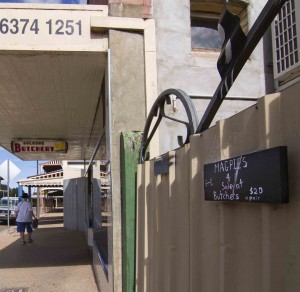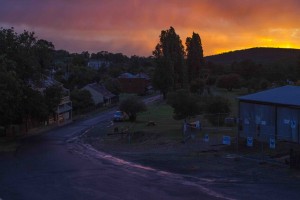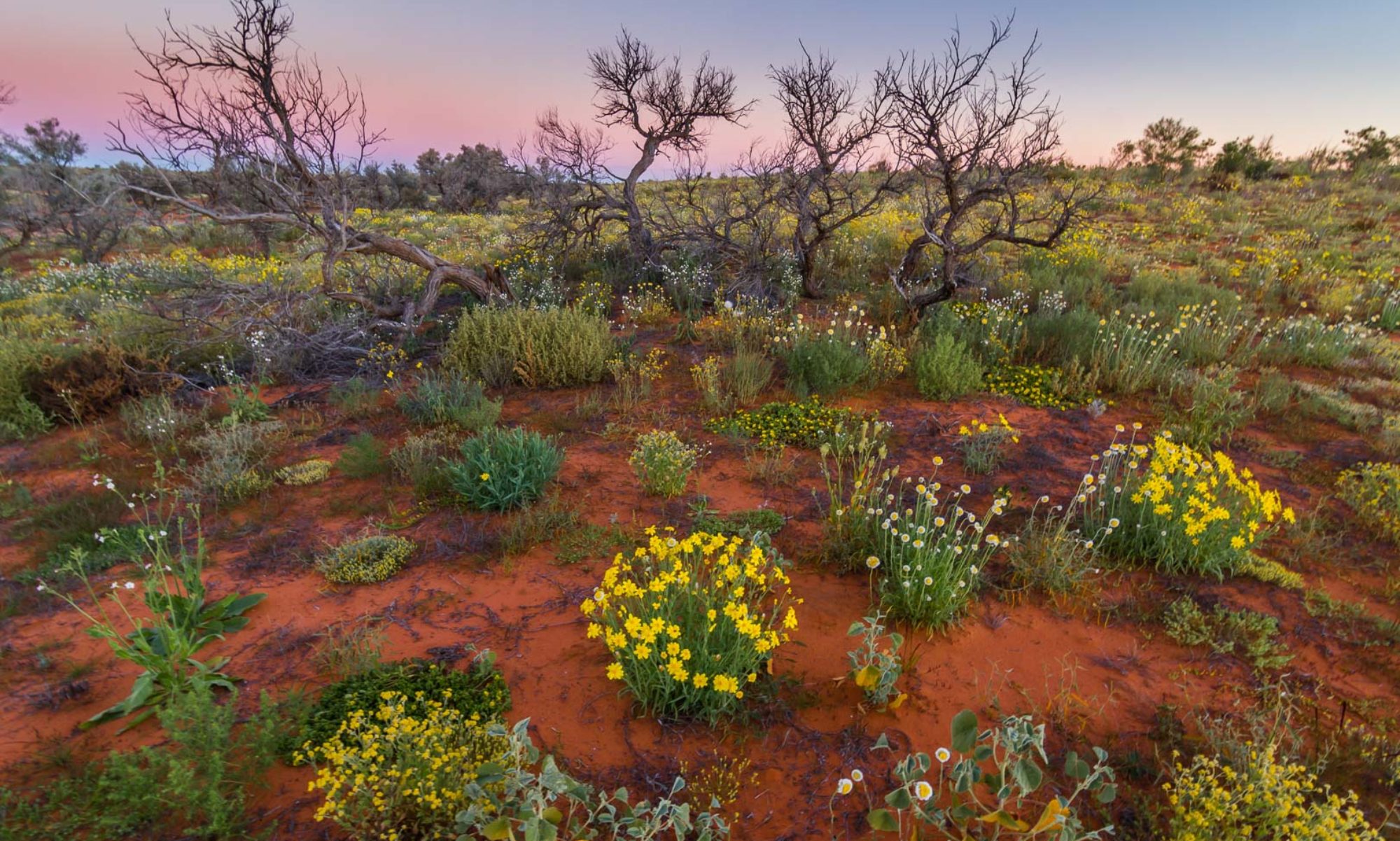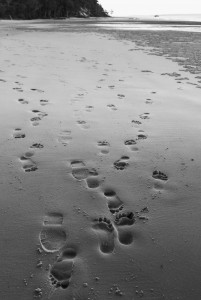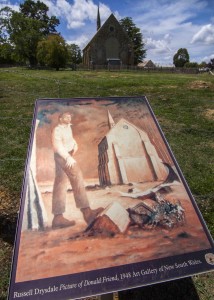10 weeks, 13 500 kilometres of road, new places, new experiences, new people, many photographs, lots of sketches, campfire dinners, 70 nights in a tent – lots of fun.
Fraser Island
How good is this place? We couldn’t pick the tide or the weather but the island delivered to us in spades with its beauty and variety.
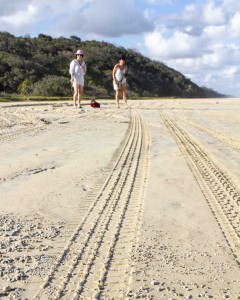
High tide forced us inland along a necklace of sandy tracks which threaded numerous beads of blue and orange lakes. Lake McKenzie with its corona of powdery white sand and ice blue iris was busy with brown backpackers.
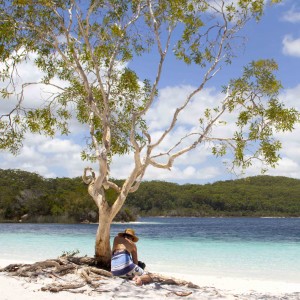
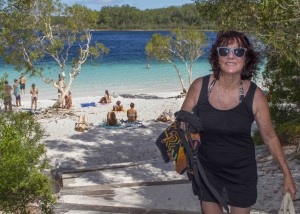
Lake Allom’s orange waters are home to numerous long necked tortoises and on our approach, they glided towards us crocodile like, with their heads barely above the surface while small fish nibbled at our toes.
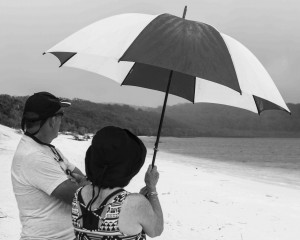
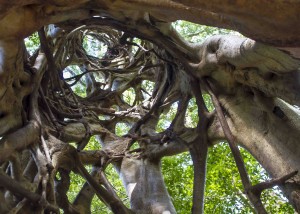
A strangler fig had squeezed the life from a forest giant which succumbed to time and returned to the earth leaving the fig to circle a void like a roll of fencing mesh.
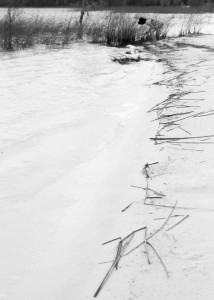
The island surprises. Nutrient poor sand grows forest giants and purple water lilies exist in freshwater streams on the beach washed by salty king tides.
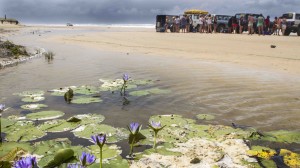
The 80 year old Maheno wreck is now a rusty hulk yet some decking timbers remain. Lashed by years of tides, storms and cyclones like the one that left the ship stranded, these remaining teak boards are testimony to their durability.
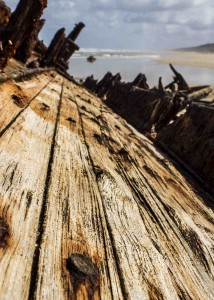
We drove around Indian Head where backpackers dipped in the deep holes of the Champagne Pools.
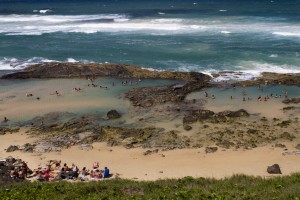
Lunch with the giants of Pile Valley then onto the barge at Kingfisher Bay.
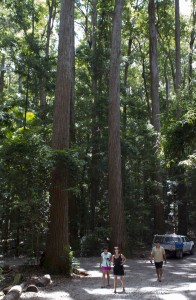
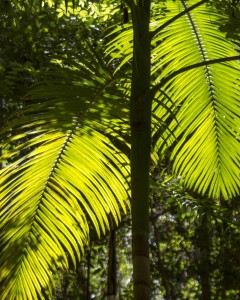
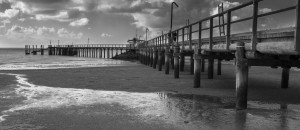
I think we’ll be back.
Hill End and Gulgong
We’d heard these well preserved relics of the NSW gold mining days were worth a visit and weren’t disappointed when we spent a few days driving and walking around the district. A coffee in the Hill End store across the road from the double storeyed Royal Hotel put us in the mood to stay the night.
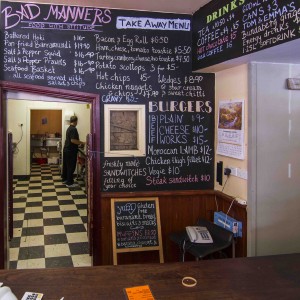
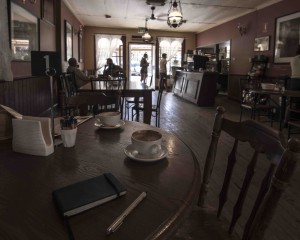
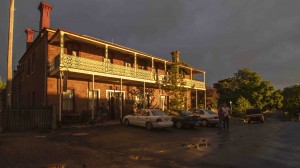
The town was fortunate to have Beaufoy Merlin and Charles Bayliss open a photographic business in the rush days and their long lost but now treasured photographs form a record of the buildings and residents of Hill End from those times.
http://www.sl.nsw.gov.au/discover_collections/society_art/photography/holtermann/
Apricot and plum trees in full and tasty fruit marked where residences once stood. National Parks have erected information boards in front of these grassy allotments and Merlin and Bayliss’ photographs allow the mind to create images of the town in its day. Piles of brick rubble reconstruct and men, women and children appear to stand in front of their humble abodes. In quite a few photos I sure I saw a man with a camera slung around his neck pinching fruit from the trees.
